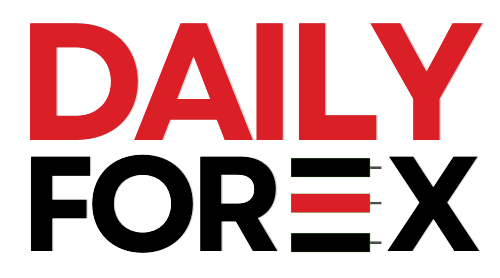If you’re trading forex or CFDs, one of the most overlooked yet crucial things you must understand is how margin calls and stop out levels work — and how they vary from broker to broker.
Unfortunately, many traders open accounts without even checking these levels. This mistake can cost them their entire trading capital in minutes. Don’t be one of them.
Let’s break down what margin call and stop out levels are, how they work, and why knowing your broker’s margin policies is essential for your survival as a trader.
📌 What Are Margin Call and Stop Out Levels?
- Margin Call Level: A set percentage (usually 100%) where your broker sends a warning that your margin is getting dangerously low.
- Stop Out Level: A specific percentage (often 50% or lower) at which your broker will automatically begin closing your trades to prevent your account from falling into a negative balance.
👉 Important: Some brokers have only a margin call level (with no separate stop out level), while others have both levels defined separately.
🧠 Why This Matters for You
Different brokers handle these levels differently:
🔴 Broker A — No Separate Stop Out Level
- Margin Call Level: 100%
- Action: As soon as your Margin Level drops below 100%, your broker will automatically close your trades — no warnings, no grace period.
🟡 Broker B — Separate Stop Out Level
- Margin Call Level: 100%
- Stop Out Level: 20%
- Action: If your margin level drops below 100%, you’ll receive a warning (margin call) to take action. If it continues to fall to 20%, your positions will be forcefully liquidated at market price.
🚨 What Happens During a Margin Call?
Depending on your broker’s policy, a margin call can mean one of two things:
- With Stop Out Level Defined:
Your broker will alert you when your margin level hits the margin call threshold (e.g., 100%).
You’ll have time to deposit funds or close positions. If you don’t and your margin level hits the stop out level (e.g., 20%), your trades are closed automatically. - Without Stop Out Level (Combined):
There’s no warning. Once your margin level drops below 100%, your trades are automatically closed, starting with the most unprofitable one.
💡 In both cases, the goal is to protect your account from falling into a negative balance.
🧩 Example Margin Call Flowchart
- 🟢 Margin Level above 100% → You can trade normally.
- 🟡 Margin Level = 100% →
- With Stop Out: You get a warning (Margin Call).
- Without Stop Out: Your trades may start getting closed.
- 🔴 Margin Level = 50% or 20% → Automatic liquidation (Stop Out occurs).
✅ How to Avoid Margin Calls and Stop Outs
Don’t let your account get to the danger zone. Here’s how to stay safe:
- ✅ Always know your broker’s margin policies
- ✅ Use stop losses to limit risk
- ✅ Practice proper position sizing
- ✅ Monitor your margin level and equity regularly
- ✅ Don’t over-leverage, especially on a small account
Final Thoughts
Margin calls and stop outs are not punishments—they’re built-in risk controls that protect both you and your broker from catastrophic losses.
The problem arises when traders are unaware of how they work—or worse, don’t even know the levels set by their broker.
If you take anything away from this lesson, let it be this:
Know your broker’s margin call and stop out policies before you start trading.
It could save your entire account.




